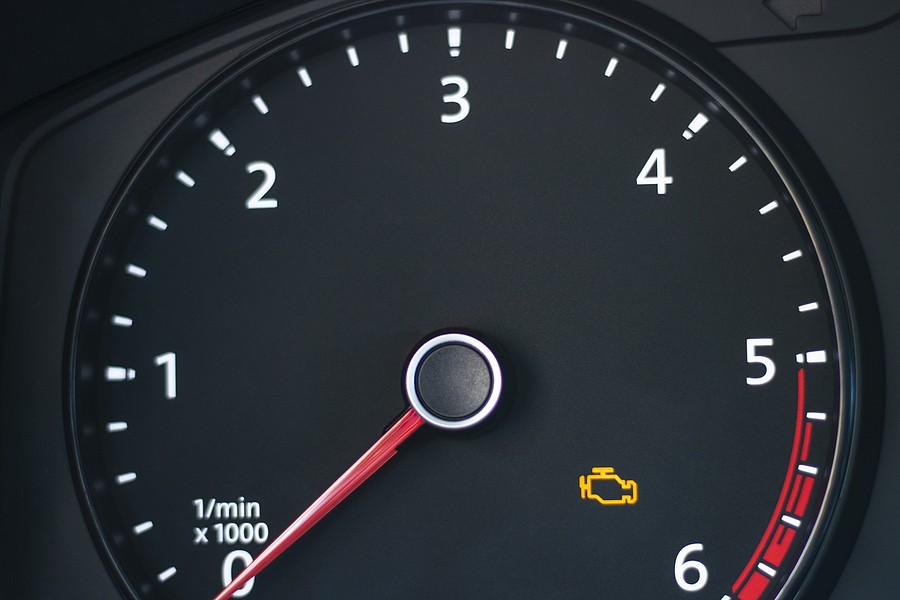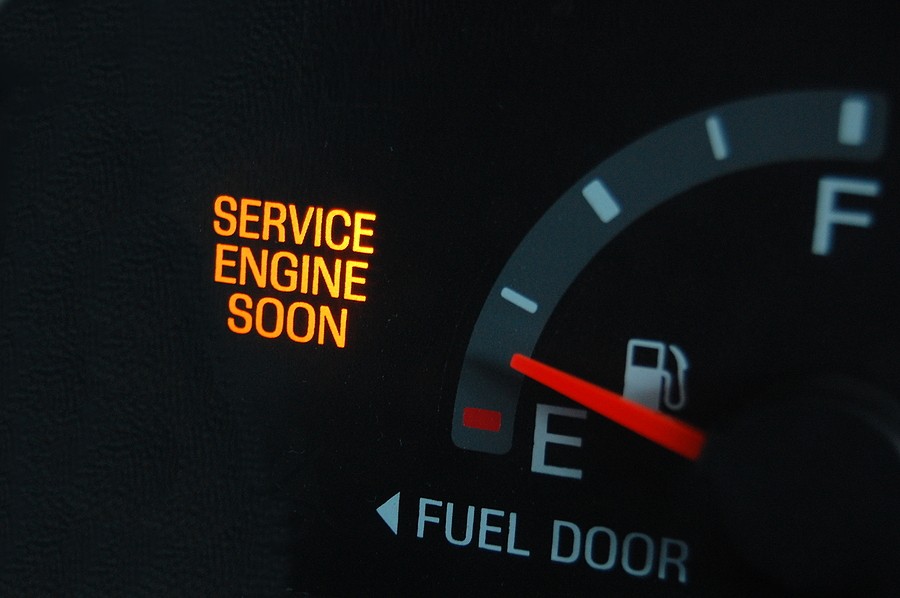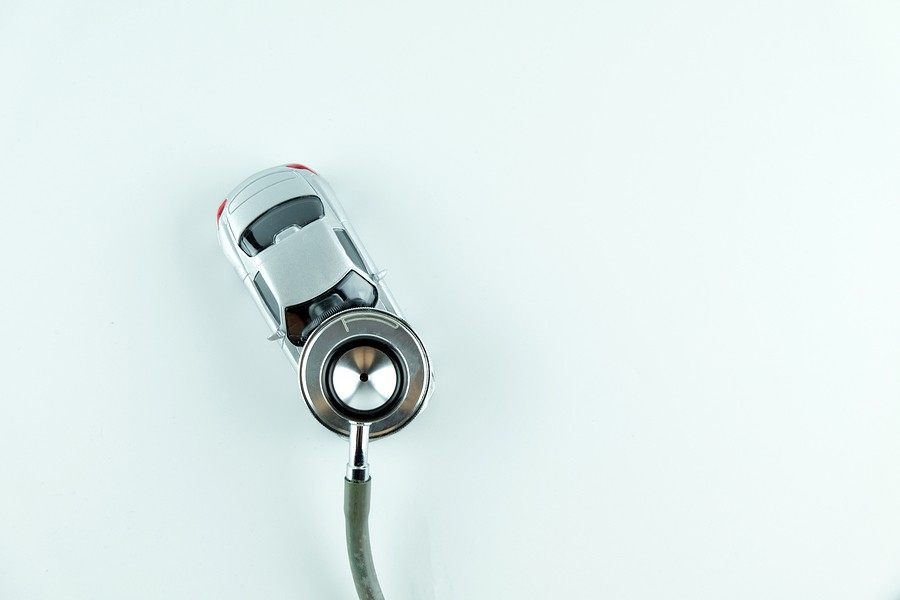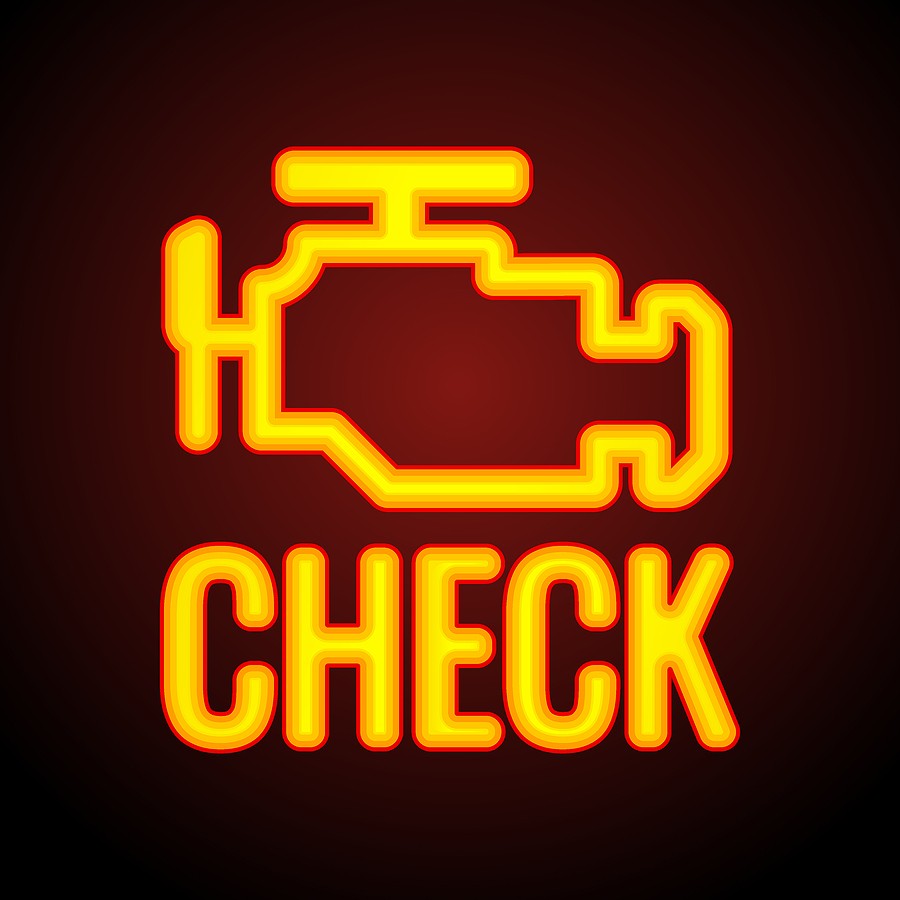If you're wondering, what to do when the check engine light comes on, you need to take care of the followings:
- Step #1: understand what the check engine light means
- Step #2: familiarize yourself with the causes
- Set #3: take the right actions to fix the problem
Vehicle problems are continuous, and in many situations, they occur suddenly without any previous warning signs except for those minor ones. As a driver, you shouldn't expect your vehicle to be problem-free, and you should be very prepared for all potential damages that could be encountered by your car.
A common situation you will encounter as a driver is a check engine light illuminating. This can be a little scary for many inexperienced drivers. However, it's critical that you be proactive about the problem and understand what needs to be done whenever you deal with the check engine light illuminating.
This article provides detailed guidance to help you answer the question of what to do when the check engine light comes on. It provides detailed steps on what needs to be done, including understanding the meaning of a check engine light, familiarizing yourself with the different causes, and taking the right actions to prevent your vehicle from major complications.

What to do when the check engine light comes on?
When you check the engine light illuminates, it might indicate a minor issue, but in some instances, it might reflect a significant problem in your vehicle. Therefore, whenever you notice a check engine light illuminating, you must take the right actions and never ignore that issue.
Understanding what must be done whenever you deal with the check engine light illuminating is critical for every driver. Whether you are an experienced driver or even a starting driver who has never driven a vehicle, you need to understand what needs to be done.
This list provides you with a step-by-step process on what to do when the check engine light comes on:
Step #1: understand what the check engine light means
Before you further evaluate what needs to be done when you check engine light illuminates, you need to understand what this light means, how it will appear when you drive your car, and when it occurs.
As the name suggests, a check engine light indicates an internal issue in your vehicle that you must check immediately. While it might interpret that there is an internal problem in the engine, the check engine lights can be a general error related to a wide range of problems beyond the engine itself.
The check engine light might look like an engine illuminating with the word check on it, but in some instances, it might just say check engine in certain vehicles. You must familiarize yourself with what this check engine light will look like in your car so you take care of it when it happens.
Remember that sometimes when the heck check engine light illuminates, it doesn't look the same. In other words, sometimes the check engine light illumination could be a solid light, but in other situations, it might be a flashing light indicating a different type of problem.
That's why it's critical for you as a driver to monitor the situation carefully and describe it to your mechanic clearly, so the mechanic narrows down the list of potential culprits and resolves the issue without spending so much time and effort trying to figure out what's going on.

Step #2: familiarize yourself with the causes
Now that you've got an idea about the meaning of a check engine light, the next step is to understand what could trigger this check engine light to illuminate. Let's take a look at the common causes of an illuminating check engine light:
o Cause #1: issues with the engine
The first and most common cause of triggering a check engine light is when you have a problem with the engine itself. The engine has a lot of internal moving components, and any of these components could go wrong and trigger the check engine light.
Therefore, it can take much work to tell where the problem is happening in the engine. For example, if you have an issue with the fuel injectors or probably in the cylinders, they might trigger a check engine light.
Considering that the check engine light illuminates because of an internal problem in the engine, it should tell you that you should never ignore the check engine lights illuminating. The more you wait on this problem, the more it evolves; it impacts other components around the engine, if not beyond the engine component itself.
o Cause #2: loose parts
Interestingly, a check engine light might not indicate a significant problem in the vehicle. It might simply refer to a simple issue like a loose fuel cap! That is a very lucky situation, but unfortunately, it's not the most common one.
Therefore, you should not panic whenever you notice the check engine light illuminating because what it might take it's just tightening your fuel cap and moving forward. However, you should not only rely on this issue because, as we indicated before, the problem triggering the check engine light could also be more severe and might need immediate attention.
Some people might underestimate the importance of taking care of the check engine light just because they know it could be related to a minor problem. There is nothing to confirm whether the light is illuminating because of a minor or major problem, so we always recommend that you take it seriously and consult your mechanic as soon as possible.
o Cause #3: issues with the sensors
With advanced technology, vehicles are getting more sophisticated. Manufacturers are adding a ton of sensors to help the vehicle operate the way you want and provide you with the best driving experience.
While this might be a great thing, it means that these sensors can go wrong, and with the increased number of sensors, it can be hard to tell which one is causing the issue. You should pay attention to the fact that when one of those sensors gets damaged, it might trigger a check engine light.
Therefore, be prepared for situations where your mechanic might recommend changing the oxygen sensor or replacing another sensor causing the check engine light to be eliminated.
So, one immediate action that you need to do to answer your question about what to do when they check engine light comes on is to replace the faulty sensor.
o Cause #4: troubles with the transmission
Interestingly, even though the check engine light illuminates because of an issue with the engine, in many situations, the problem could be related to the transmission. Unfortunately, there is no specific light to say check transmission on your dashboard, so if your mechanic says you are dealing with a problem in the transmission, don't be surprised!
Sometimes an issue related to a dirty or low transmission fluid might result in problems triggering a check engine light to illuminate. These problems might not be directly related to the transmission, and they could be connected to the engine somehow and require the engine tilt to trigger the check engine light when they need to be fixed.
o Cause #5: overheating troubles
Temperature is one of the worst enemies that could impact any vehicle. Your engine and the overall vehicle should operate within a certain temperature range. When the temperature exceeds this range, it can lead to significant problems, including destroying your engine!
If your vehicle feels that the temperature exceeds the maximum threshold, it will start complaining by showing various symptoms. One of those symptoms could be a trigger check engine light illuminating.
As a driver, you should be aware of all these symptoms to help yourself detect the overheating issue as soon as possible. The earlier you detect the problem, the easier it is for your mechanic to fix it without needing to install major components.

· Set #3: take the right actions to fix the problem
Now that you have a good general understanding of all potential causes for triggering the check engine light, the next step is understanding what to do when the check engine light comes on.
Let's take a closer look at what automotive experts recommend:
o Pull over and stop your vehicle
When the check engine light illuminates, it does not choose a time. In other words, it might start illuminating when you're driving your car. If you feel that your vehicle has a lot of other symptoms indicating a severe problem, you need to figure out a way to pull over and stop your vehicle as soon as possible.
o Allow your vehicle to cool down
Before you touch the vehicle end before you start exploring the car and around the engine components, it's important that you leave your vehicle to cool down for at least 30 minutes, all these components could be extremely hot. If you try to open one of them, including those connected to the cooling system, you might get burned.
o Investigate potential culprits
You don't necessarily have to perform a thorn inspection on your vehicle, but the more you understand the reasons beyond the check engine light illumination, you can figure out what's going on.
For example, you might notice coolant leaking underneath the vehicle, indicating a low coolant level. You could also notice a vehicle overheating because of a hidden problem.
o Request a roadside assistance
If your insurance doesn’t cover roadside assistance, it's important that you consult them immediately. You want to avoid continuing to drive your car in certain situations related to chicken delight, especially those related to engine overheating problems.
o Reach out to your mechanic
Sometimes it might be costly to request roadside assistance. In that case, you need to consult your mechanic by giving him a call and describing the situation.
Your mechanic will recommend you further steps and actions to take. For example, your mechanic might even ask you to tow the vehicle to the nearest repair shop rather than continuing to drive it because this could result in further complications.
o Perform the necessary repairs
Once your mechanic highlights the main potential culprits, you need to take action by fixing the problems. Remember that we recommend you evaluate moving forward with the repairs because sometimes it might not be worth fixing your vehicle.
In other words, if repair costs are getting closer to 75% or more of your vehicle value, this could indicate that you should sell your vehicle rather than waste your time and money.
You can then use the remaining value of your car as a down payment for a better vehicle that doesn't have any issues, and we'll serve you longer without any sudden breakdowns.

What to do when the check engine light comes on? Final thoughts
Dealing with the check engine light is never fun. However, it's still important for every driver to familiarize himself with all needs to be done whenever the check engine light comes on.
The more you're familiar with what needs to be done, the fewer complications you'll deal with and the fewer repair costs you have to worry about.
This article provided step-by-step guidance on what to do when the check engine light comes on. It highlights the meaning of a check engine light, summarizes different causes behind this check engine light illumination, and provides you with recommendations about the right actions to take so you can avoid major complications.
Suppose you feel that you were checking that the light is illuminating because of a major internal problem. You must evaluate the situation carefully and confirm whether it's worth fixing your vehicle. If you realize that your car is not worth the repair, then you'd better sell this car and use its value to Purchase a better vehicle.
If you're ever looking for someone to buy your car, considering its major problems, Cash Cars Buyer is always here to help you! At Cash Cars Buyer, you don't have to worry about your vehicle type or condition because we accept all cars!
Cash Cars Buyer is one of the top-rated car removal companies in the nation that guarantees to pay you the top dollars and provide you with free towing despite your living location around the United States.
Our process is straightforward and doesn't take more than removing your car safely and for the most money.
All it takes you is to:
- Describe your car's type and condition
- Receive our instant free quote
- Accept the quote
- Get your car removed and receive your cash payment on the spot!
To learn more about our process and team, call us at (866) 924-4608 or by visiting our home page and clicking on the free instant online offer.



